
Regenerating Biodiversity with Technology
3Bee's Film on
Climate Change
Experts call them 'extreme events.' In reality, they are tragedies with a very high cost in terms of human lives and biodiversity. They all bear the same hallmark: they can be attributed, more or less directly, to the ongoing climate changes on the planet, in turn linked to human activity, particularly the release of climate-altering gases into the atmosphere.
History
3Bee, the leading nature tech company in biodiversity protection through technology, launches a new awareness campaign on climate change and wants to involve you, as it certainly concerns you personally.
Genre
Dramatic Horror
Conceived by
Climate Change
Screenplay
Overexploitation of Resources

Overexploitation of Resources
Episode 1
Of the 3015 mining sites in Italy from 1870 to today, most are abandoned, with 794 for metallic minerals. Many have been managed without regard for the environment, releasing toxic waste. The current environmental impact, fueled by an outdated economic model, requires a change in our consumption and production systems. Pollinators are essential for ecosystem balance. If they are at risk, so are ecosystem services.

All Episodes
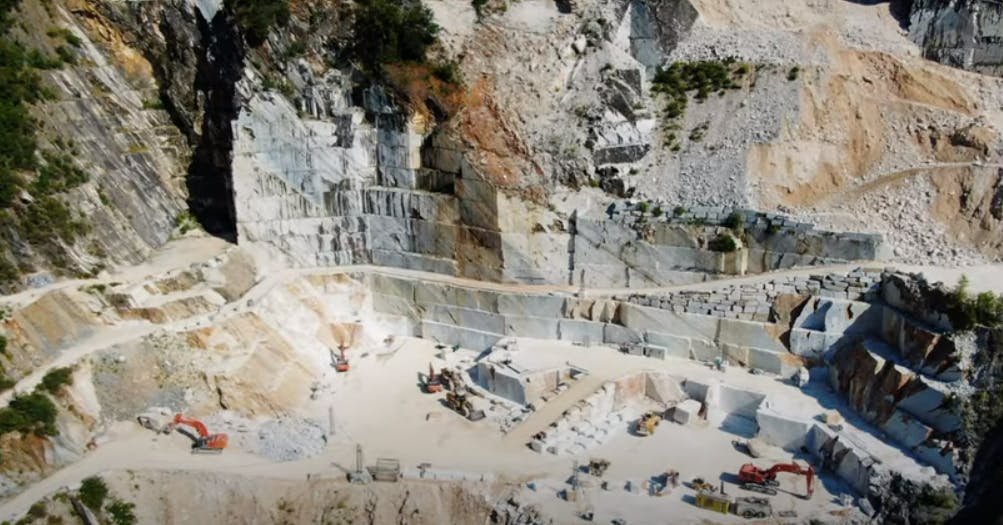
Episode 1
Overexploitation, the White Gold
Carrara Marble Quarry, Apuan Alps
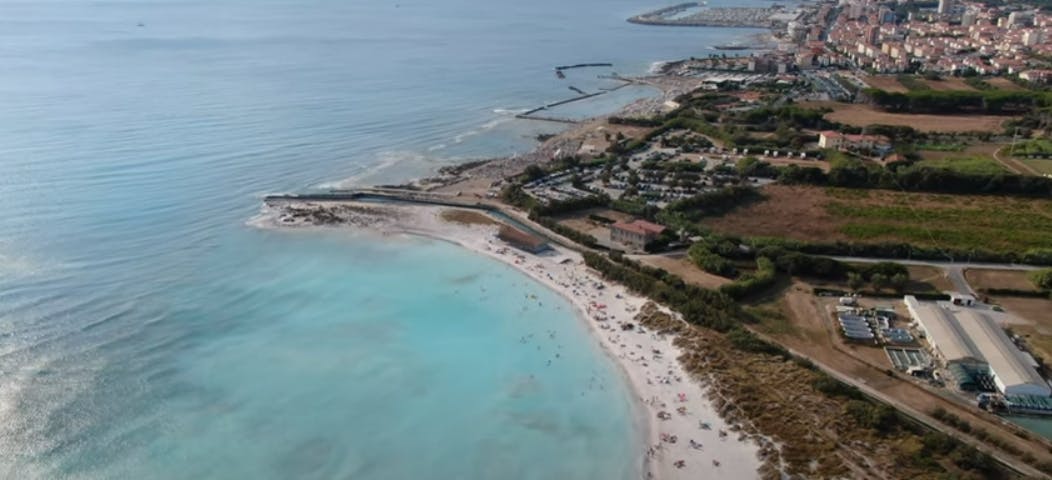
Episode 2
The Caribbean of Tuscany
Rosignano, Tuscany
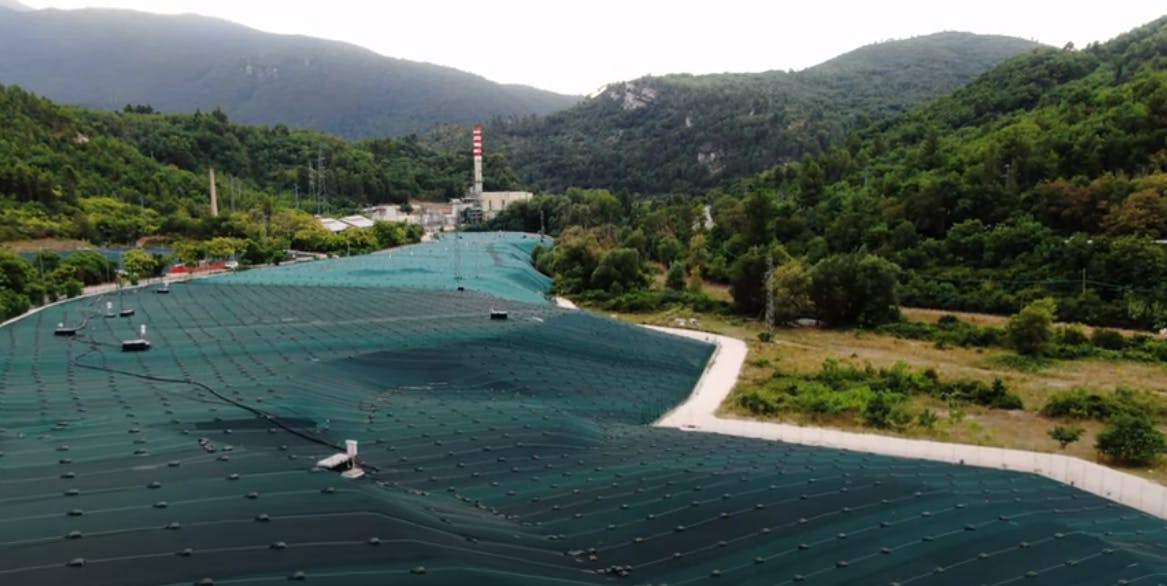
Episode 3
Soil and Aquifer Pollution
Toxic Waste Dump, Bussi sul Tirino
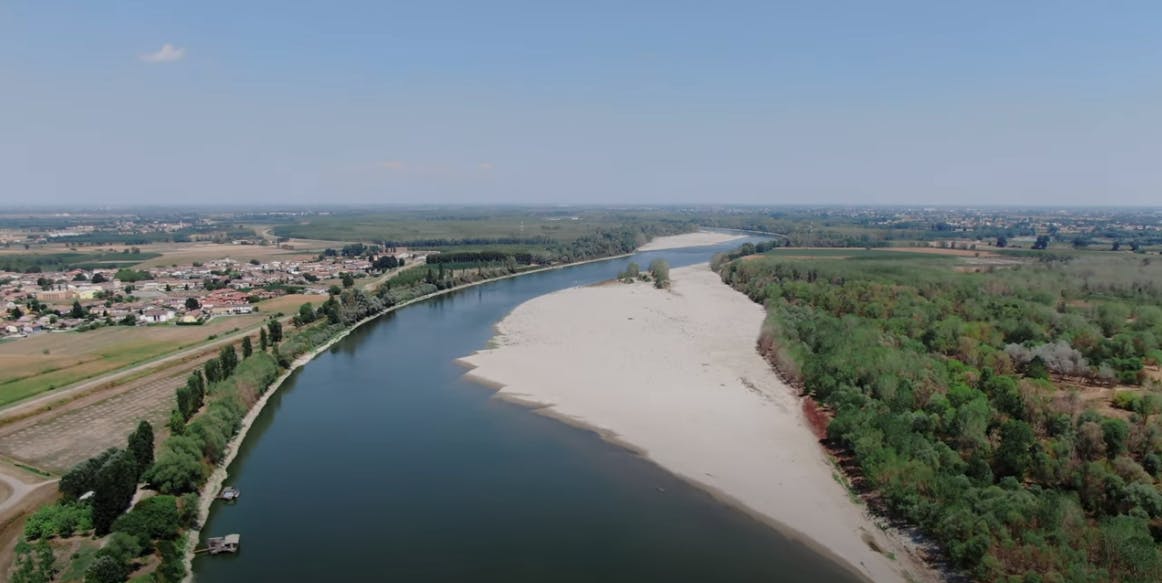
Episode 4
The River in Crisis
Dried-up Po River, Northern Italy
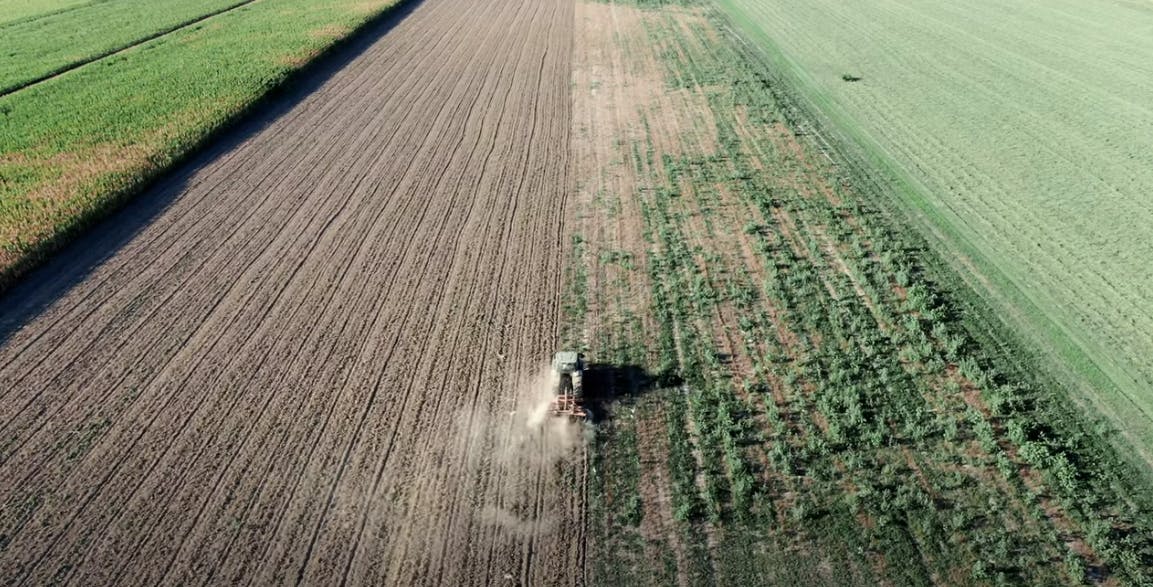
Episode 5
The Sterile Plain
Po Valley, Mantua
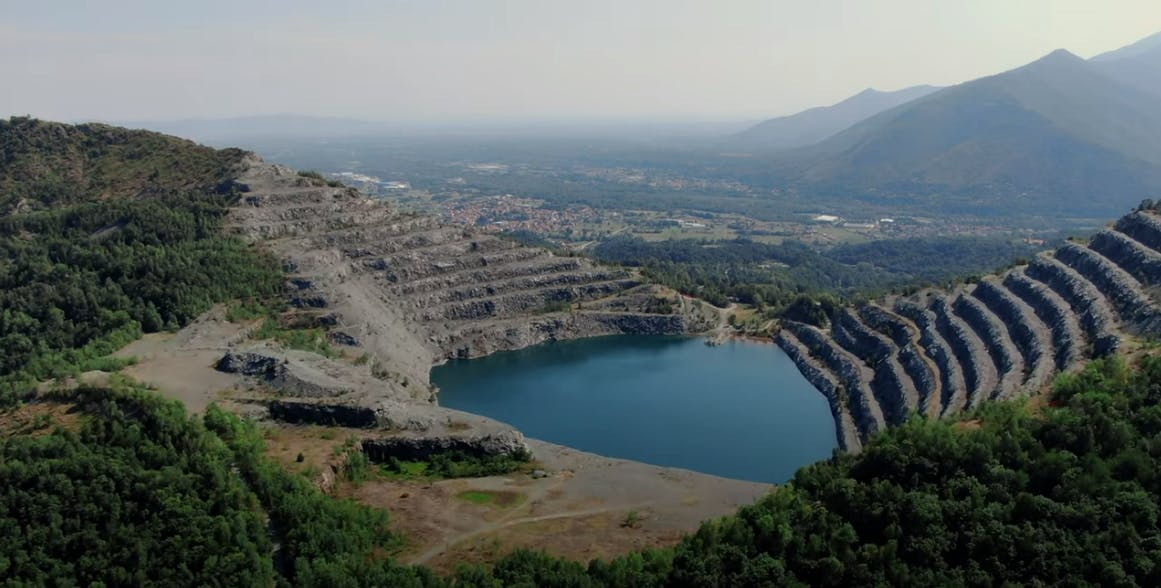
Episode 6
Air Fibers
Forest Fire, Monte San Michele
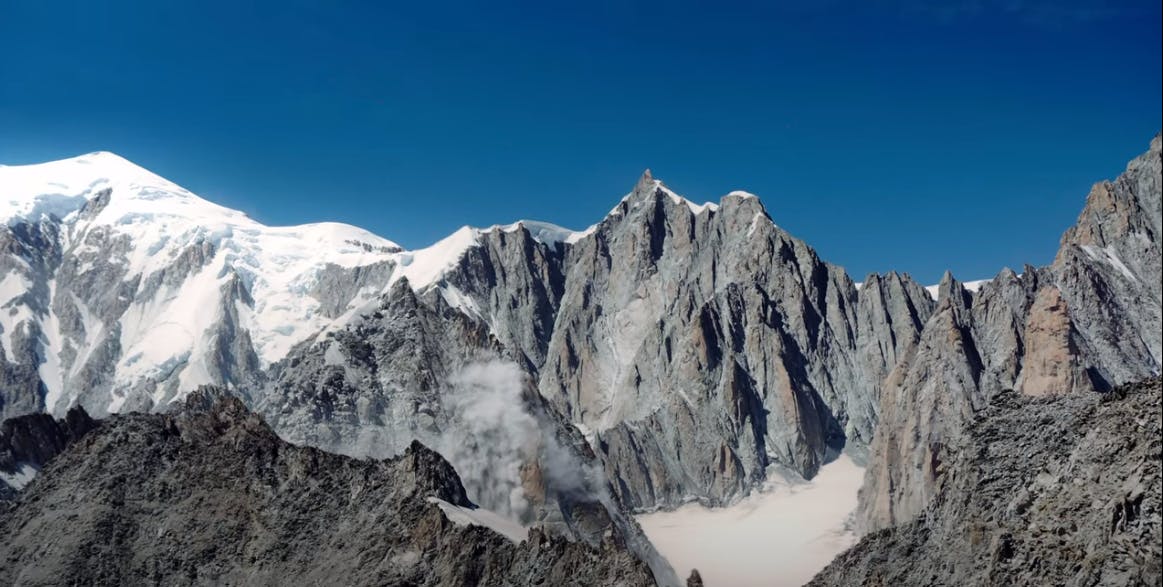
Episode 7
The Last Ice Cube
The Roof of Europe, Mont Blanc
Who is 3Bee?
3Bee is born from the idea of the two founders, Riccardo and Niccolò, respectively a biologist and an electronic engineer, to protect bees through predictive monitoring technology.
Until now, 3Bee has undertaken regenerative projects alongside over 500 companies in 10 countries that have chosen to contribute concretely to biodiversity protection. Since its inception, 3Bee has developed a network of over 3,000 biodiversity cultivators, installed more than 4,000 IoT sensors, and regenerated over 40,000 hectares.
Through the Biodiversity Oasis creation project, 3Bee restores nectar supplies to pollinators, creating habitats that host trees, pollinators, and technology.
Welcome to the world of those who dream of a world with bees.

Are you an individual?
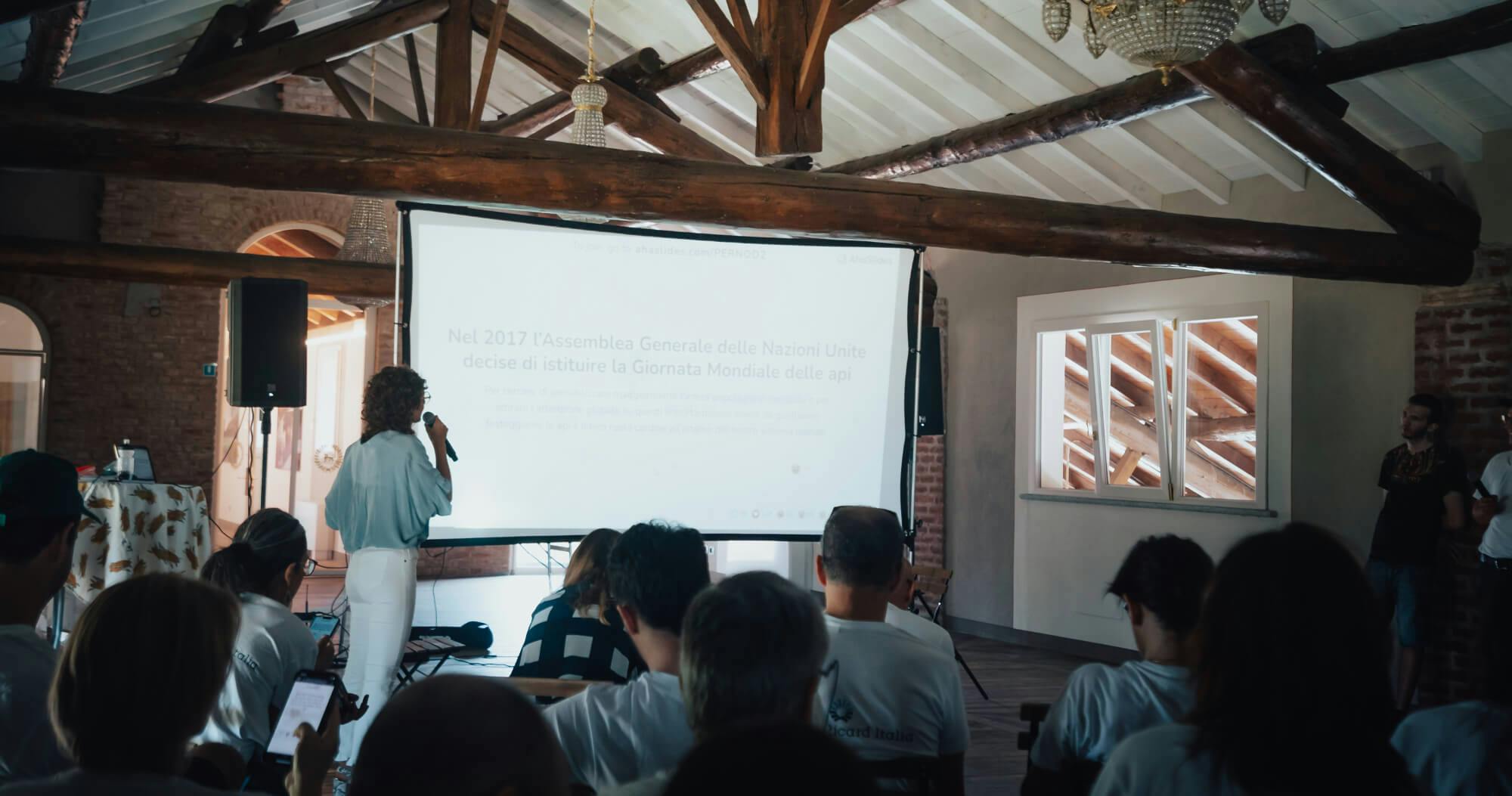
Are you a company?
The more we are, the wider the shield protecting biodiversity becomes.

This is what happens with climate change



50
Floods

+3°
Temperature rise
in Europe
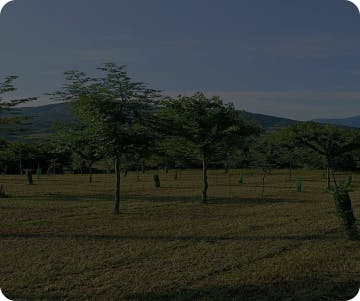
+99
Weather phenomena
anomalous

Subscribe to the newsletter and stay informed about biodiversity topics
The Great Meltdown is the 'film' that is unfolding before our eyes every day: the real and dangerous effects of climate change, impacting everyone. Watch all the episodes of the first and second season.